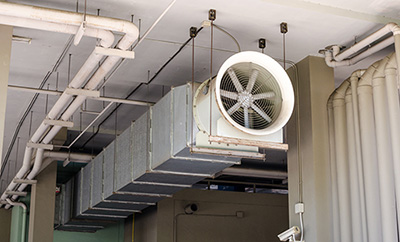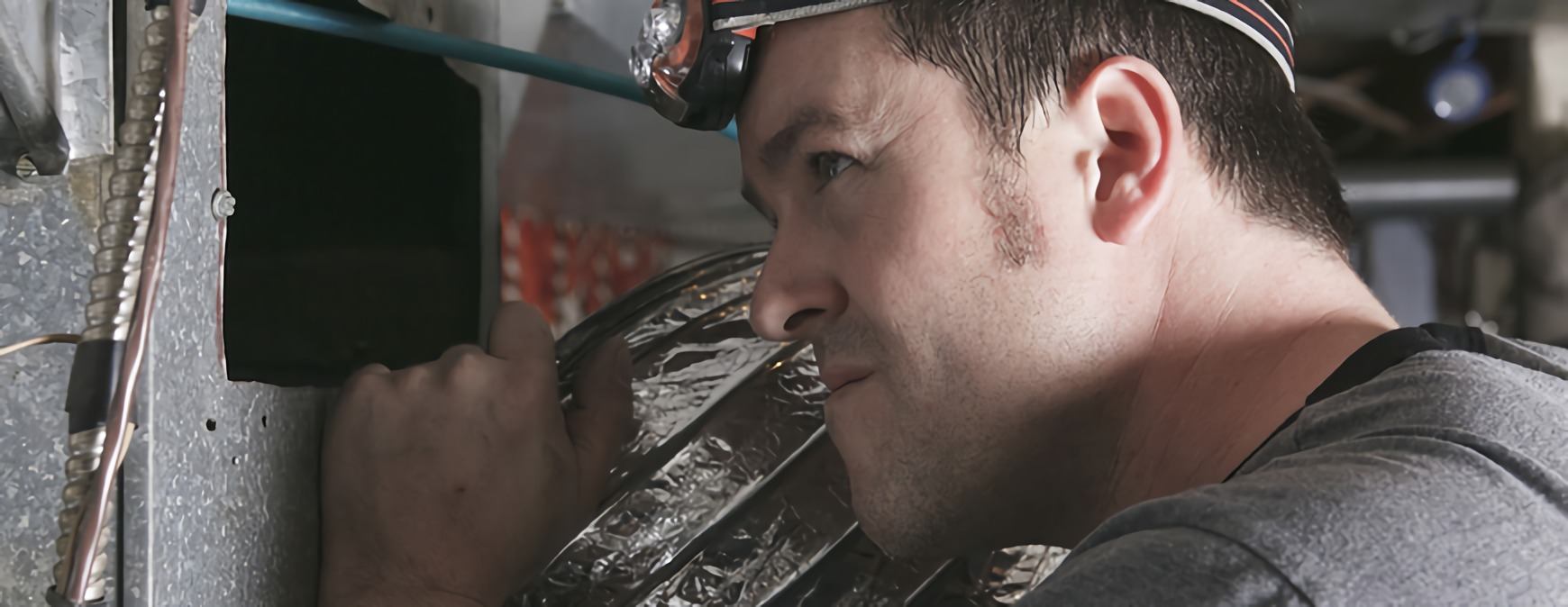RSI is a Great Training Option for Everyone
Learn more about how we can prepare you to advance your career.
JW Marriott Hotel in Atlanta was plagued with high-energy bills and musty odors. A consultant was hired and figured out that the hotel’s ducts were leaking. Unfortunately, a barrier of walls, wires, and pipes prevented HVAC techs from reaching the ducts until they could approach the problem with a relatively new technology: aerosol duct sealant. 1
Properly sealed ducts can reduce energy consumption by at least 20 percent. Aerosol sealants could prove to be a valuable tool for the industry, allowing those with commercial HVAC training to better serve clients with tough-to-access ductwork. The average commercial building in the United States loses about 25 to 40 percent of its treated air due to leaky ductwork, based on estimates from the Department of Energy. Additionally, a survey from the Building Commission Association discovered that 75 percent of respondents cite leaks as a major influence in energy loss. Leaks aren’t just a threat to energy efficiency; they also affect a building’s internal air quality. For example, as indicated above, the Marriott Hotel in Atlanta struggled with musty odors for years before it received commercial duct sealing.

How Does Aerosol Duct Sealing Work?
As explained in Energy Manager Today, a non-toxic aerosol mist is spray which seals leaks from the inside. When the sealant solution is blown, microscopic particles hang together and find the leaks forming a bond until the holes are sealed.
The Invention of Aerosol Duct Sealing
Seeing that leaky ducts affect both indoor air quality and energy consumption, the U.S. Department of Energy, the EPA, and others sponsored research to find a solution resulting in aerosol duct sealing.
Get Started on the Path to a New Career
Fill out our form to learn how we can help you change your life.
Aerosol Duct Sealing History and Future
The concept of aerosol duct sealant was developed in 1987. However, it wasn’t used commercially until 1999. Currently, aerosol duct sealant is used somewhere between 3,000 and 4,000 systems both residential and commercial systems. Researchers project have of new homes built by 2020 will employ aerosol sealing technology saving money lost due to leaks. 2
Finding duct leaks and sealing them boost energy efficiency, indoor air quality, and occupant comfort. It can even prevent carbon monoxide gases from being drawn back into a building. Now professionals in the industry have another tool to repair leaky ducts more efficiently and providing better indoor air quality. As technology constantly advances and people and businesses look for more energy efficiency, aerosol duct sealing will most likely be a lasting trend.
Additional Sources
1 – http://www.energymanagertoday.com/innovations-commercial-duct-sealing-0124880/
2 – http://eetd.lbl.gov/l2m2/aerosol.html
This blog has been labeled as archived as it may no longer contain the most up-to-date data. For a list of all current blog posts, please visit our blog homepage at https://www.rsi.edu/blog/




